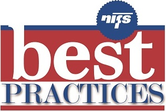 Carbohydrate sounds like such a dirty word these days. It’s that word that makes everyone cringe or slightly panic, but why? There’s the myth that all carbohydrates are bad, giving people the distorted thought that cutting carbs will help you lose that extra weight you might be carrying. The truth is that not every single carbohydrate is bad. The category of carbohydrates is very broad, so I am going to break it down for you.
Carbohydrate sounds like such a dirty word these days. It’s that word that makes everyone cringe or slightly panic, but why? There’s the myth that all carbohydrates are bad, giving people the distorted thought that cutting carbs will help you lose that extra weight you might be carrying. The truth is that not every single carbohydrate is bad. The category of carbohydrates is very broad, so I am going to break it down for you.
Let’s start with clearing up what they are. Carbohydrates are your best source of energy, fueling the cells in your brain and muscles. No, carbohydrates are not a food group, but a category with three different types of foods that make it up. This category consists of sugar, starch, fiber, and usual a mixture of these three. Sugar can be naturally found in foods like fruit, fruit juices, veggies, and milk. Table sugar is another form of sugar, found in a variety of processed foods that are not so healthy for the body, but they sure are tasty!!! The second type of carbohydrate is starches, which are several units of sugar bound together. A perfect example for this type of food is plants, which also provide a slow and steady release of energy during the day. Starches are the most common form of carbohydrate and make up about one third of the food you eat and contain fewer than half the calories of fat. Crazy, huh?! Fiber is only found in foods that come from plants and great sources can be found in veggies with skins, whole grain breads, pastas, beans, and lentils. Fiber is great for your digestive health too! If you need more examples of these types of food important to your health, then checkout this link about starches or this link about fiber.
But wait, why do we need carbs again? Carbohydrates provide your body with energy, helps prevent disease risk, and aids in weight reduction. Sugars or starches are both broken down into glucose, absorbed in the bloodstream, and fuels your body with energy for activities. Unused glucose can be converted to glycogen, found in the liver and muscles, or converted to fat. Fiber in the diet can promote good bowel health, reduce the risk of constipation, some types of fiber can reduce your cholesterol levels. Are you getting enough fiber in your daily diet? Starchy foods are low in calories, but can be wonderful source of fiber. Fiber keeps you full longer throughout the day and takes your body a long time to break down, helping with weight reduction. Cutting out carbohydrates completely does mean that you might lose some weight, but the minute you add them back into your diet you will gain it back pretty quickly. A balanced diet, taking in the proper calories and nutrients is your best bet! Is carbohydrates still a dirty world in your vocabulary or do you feel relieved that they are not soooo bad after all?
Are you still curious about how many carbohydrates you should eat, which ones should you eat, or if you can survive without carbohydrates? You can click this link to find more truth on the nutrient. Click here if you would like one-on-one help from NIFS with your nutrition and overall health. It’s never too late to improve your diet and become the healthiest you!


 In the
In the 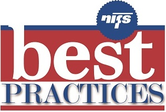
 There is more to maintaining your weight over the year-end holiday season than simply weighing in before Thanksgiving and weighing out after New Year’s Day. Still, before we go off the deep end with ridiculous claims about holiday or year-end weight gain, let’s get the facts. Despite common claims that traditional holiday weight gain is seven pounds or more, the research shows that people typically only gain one to two pounds during the holidays. The problem with that minimal gain is that
There is more to maintaining your weight over the year-end holiday season than simply weighing in before Thanksgiving and weighing out after New Year’s Day. Still, before we go off the deep end with ridiculous claims about holiday or year-end weight gain, let’s get the facts. Despite common claims that traditional holiday weight gain is seven pounds or more, the research shows that people typically only gain one to two pounds during the holidays. The problem with that minimal gain is that 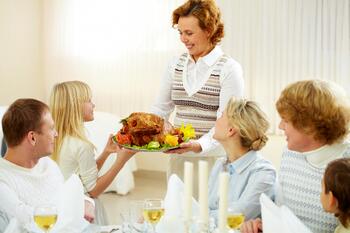
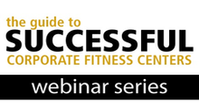
 Active Aging Week is fast approaching! Our staff started planning this year’s events months ago - I’m talking work groups starting back in early April. We wait patiently for the
Active Aging Week is fast approaching! Our staff started planning this year’s events months ago - I’m talking work groups starting back in early April. We wait patiently for the 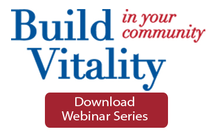
 This recent
This recent  \
\
